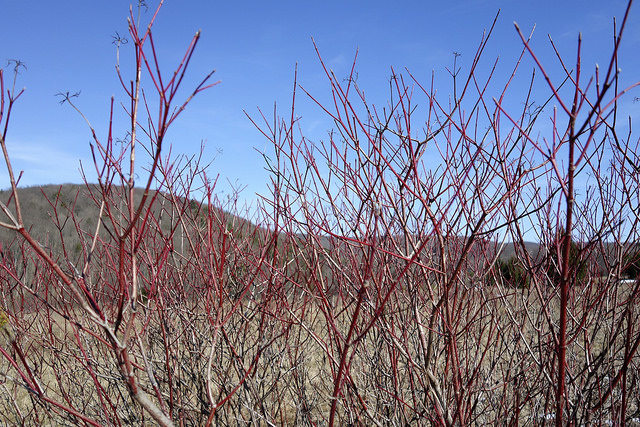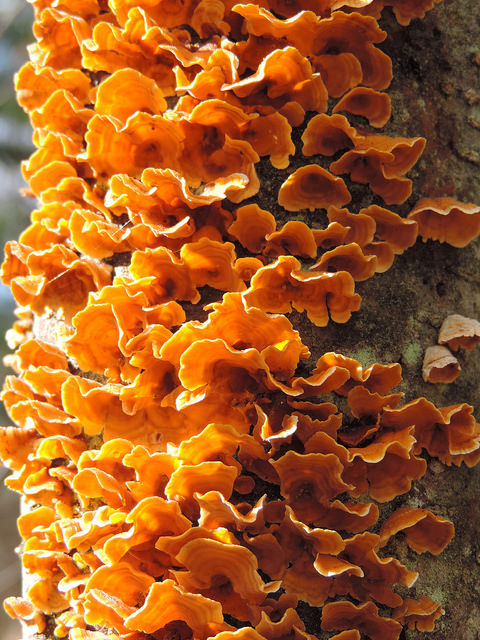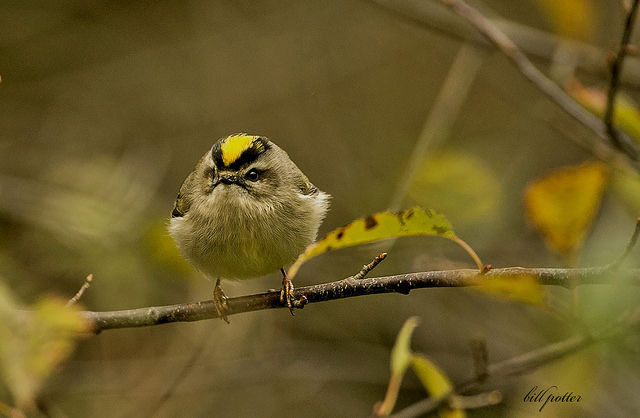After the glorious warm fall colors and before the white blanket of freshly fallen snow our landscape in western New York and Pennsylvania appears very drab. Even after the blanket of snow loses its freshness, the natural world seems full of grays and browns and more grays.
However, ‘tis the season of color! We are decorating with bright lights, cherry reds and bright greens for the holidays. Among our neighborhoods, throughout our streets and in our homes, we add mostly artificial color to cheer us.
But also once you get away from the human-created color and brightness there is a surprising amount of natural color this time of year. You just have to look a little closer.

Winterberry Holly is a native shrub found in wet areas but can also be a colorful addition to a garden. Only the female plants produce the attractive red berries. Photo by Katie Finch
A range of reds can be seen from the berries that remain on bushes and trees throughout much of the winter. The bright red of Winterberry Holly and rose hips light up the shrubby, wetland landscape. Crabapple trees and Staghorn Sumac also hold onto their darker, more mellow, red fruits. These are important food sources for birds in the winter.
In my childish drawings of plants, the stems I draw are usually green or brown. But there is variety beyond that. The purplish-red twigs of the aptly named Red Osier Dogwood add a subtle note of color to the winter landscape. Now that the leaves have fallen, the white trunks of Sycamore and Cottonwood trees are often silhouetted against the otherwise brown forest. Black Raspberry canes are a lighter color than the fruit they bear in the summer. Their powdery purple stems lie dormant all winter with leaves and flowers ready to unfurl in spring.

Stems of Red Osier Dogwood stand out against the winter landscape. Photo by Jennifer Schlick.
Even the browns, grays and greens are not all the same. Compare the dark forest green of a Norway Spruce with the soft light green of a White Pine. Oak and beech are two trees that hold on to many leaves throughout the winter. Red Oak leaves are a warm, rich tan. American Beech leaves are a lighter, blonder tan. On a sunny day, their thin leaves seem to glow.

Fungus comes in a variety of patters, shapes and colors. Photo by Katie Finch
And don’t forget about our feathered friends. Gone are the days of showy plumage to attract a mate. The male Northern Cardinals aren’t as bright as in the spring but their red feathers certainly stand out in contrast to the white snow or green pines. Blue Jays catch our eye as well as the bright flash of a Golden-crowned Kinglet’s yellow strip of feathers on its head.
These are just some of the many examples of natural color to be seen in the seemingly “drab” winter landscape. They are certainly not as vibrant as the warmer season’s colors but are there none-the-less.
Color is not inherent to the object that we view. The surface of the object absorbs some colors and reflects others. Our human eye perceives the colors that are reflected. So color is merely perception.
This is a time when nature turns inward, storing and conserving energy for the cold months ahead. Even we find comfort turning in. But when the warmth you find inside needs a recharge, bundle up and go in search of the color and perhaps a change in perception.
Audubon Community Nature Center builds and nurtures connections between people and nature. The trails and Liberty viewing are open from dawn until dusk. The Nature Center is open daily from 1 p.m. until 4:30 p.m. except Saturday when it opens at 10 a.m. You can find more information at auduboncnc.org or by calling (716) 569-2345.
Katie Finch is a naturalist at Audubon.


Recent Comments